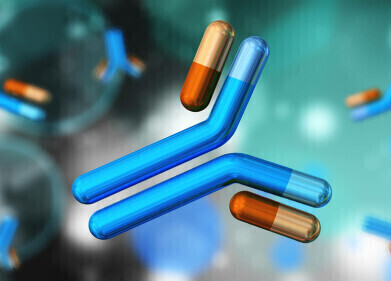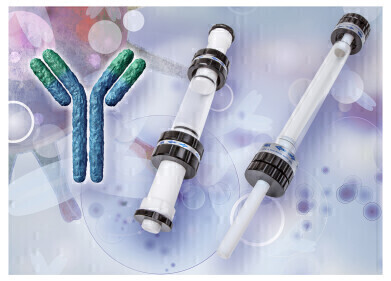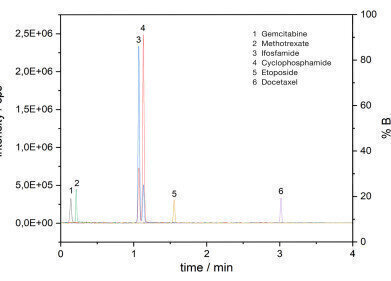Bioanalytical
Extra Colour in the Spice? — Chromatography Explores
Jul 07 2017
Anyone who enjoys cooking has probably used spices in a recipe. They can turn a bland collection of ingredients into a mouth-watering dish using just the smallest amount. And it is not only the taste that can be enhanced by using spices — they can also brighten up a dish by adding colour and hue to tasty sauce.
But did you know that unscrupulous merchants sometimes add poisonous products to spices — all in the name of colour. Read on to find out about the role chromatography plays in keeping your curry safe.
Just a little more yellow please
As well as adding colour to a dish — colour is important for a spice for another reason — the colour of a spice can be a measure of its quality and therefore its appeal to a consumer. Manufacturers use colour to help them control the quality of a spice — with the colour central to the process of developing and manufacturing a spice.
Spices naturally contain pigments with the colour an indication of freshness — spice pigments darken as they age — allowing manufacturers to use the colour of a spice’s base material to indicate when it is ready to be processed. Spices are made from bark, fruit, root and seeds of plants — unlike herbs that are made from leaves or stalks. Colour can also be used to indicate the freshness and quality of the processed spice — hence, colour can affect the cost of a spice.
Sudan in the food
And like many aspects of consumerism, where there is a profit to be made there will be someone looking to cut corners to increase their share of the profit. Hence the addition of dyes to spices. Some of the dyes that have been found in spice samples belong to the Sudan family of dyes.
Sudan dyes are used to colour plastics and synthetics — they are not allowed to be added to any food stuffs. According to the International Agency for Research on Cancer, Sudan dyes are both genotoxic and carcinogenic — not what you want to find in your curry on a Saturday night. But there are many reports of chili powder, paprika and other spices being contaminated with dyes from the Sudan dye family. Sudan 1 (known as Solvent Yellow 14) is an orange dye and Sudan 4 (known as Solvent Red 24) is a blueish tinged red dye.
Minimizing the risk
When adulteration of a spice is suspected, the method commonly used to detect colour additives is liquid chromatography with tandem mass spectrometry (LC-MS/MS). One of the reasons is that LC-MS/MS is a powerful method at resolving and detecting trace quantities of contaminants — even down to ppb level. Of course, chromatography has a role to play in keeping all food safe to eat as discussed in the article, How Safe is Safe? Analytical Tools for Tracing Contaminants in Food.
Events
May 18 2025 Tempe. AZ, USA
May 21 2025 Birmingham, UK
Jun 01 2025 Baltimore, MD, USA
Jun 15 2025 Bruges, Belgium
Jul 14 2025 Kuala Lumpur, Malaylsia














